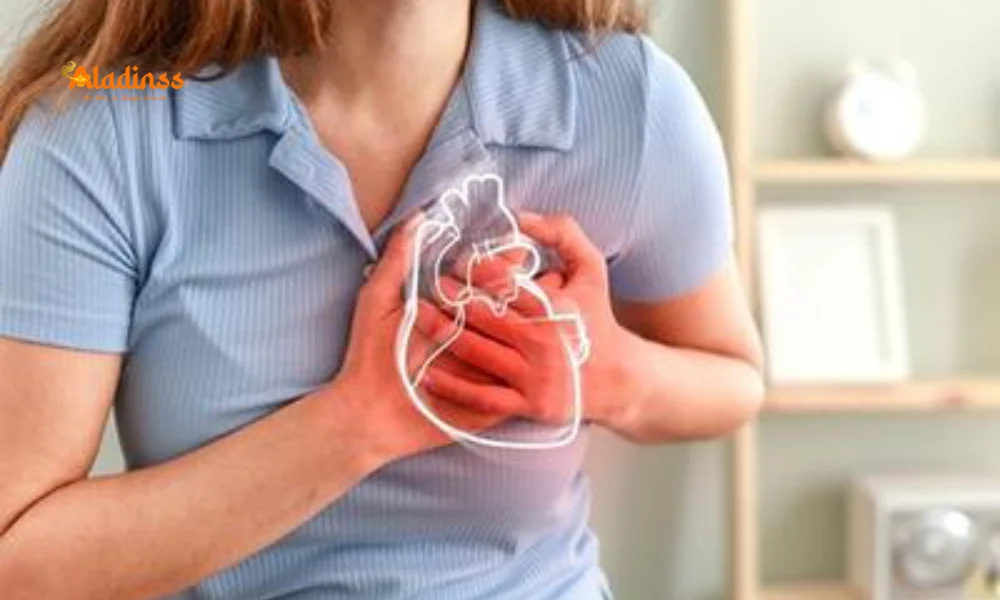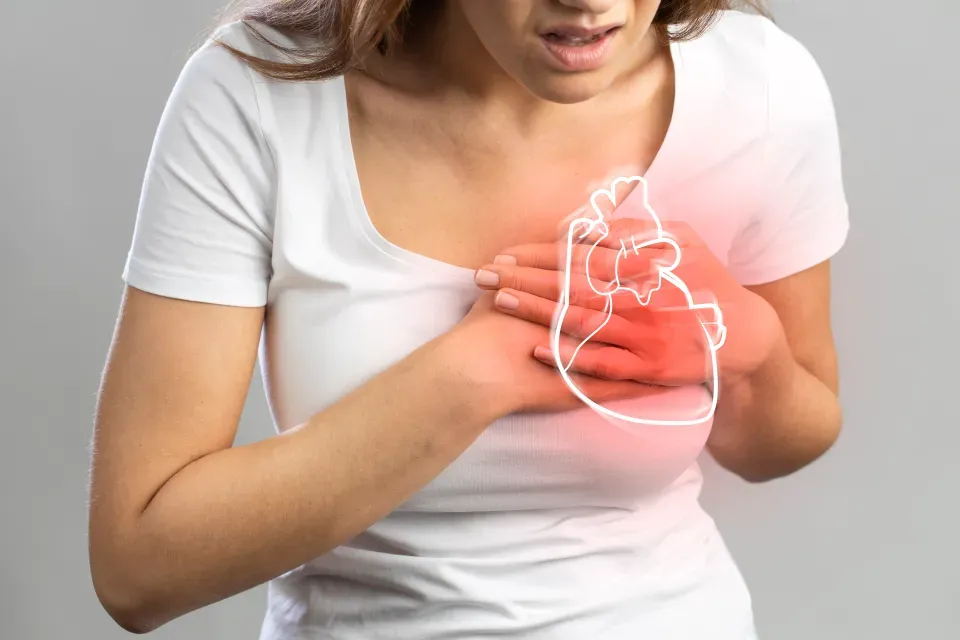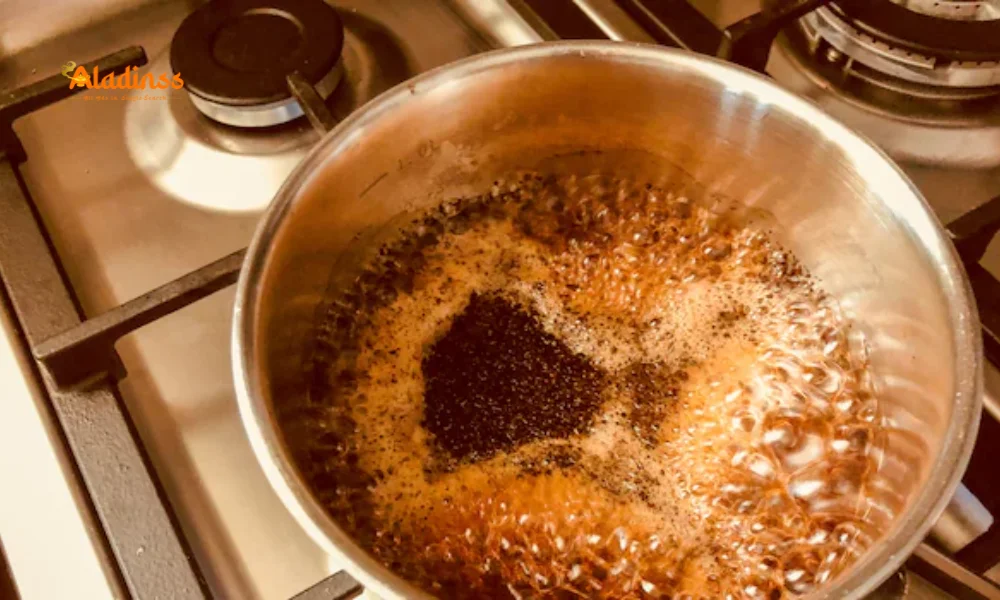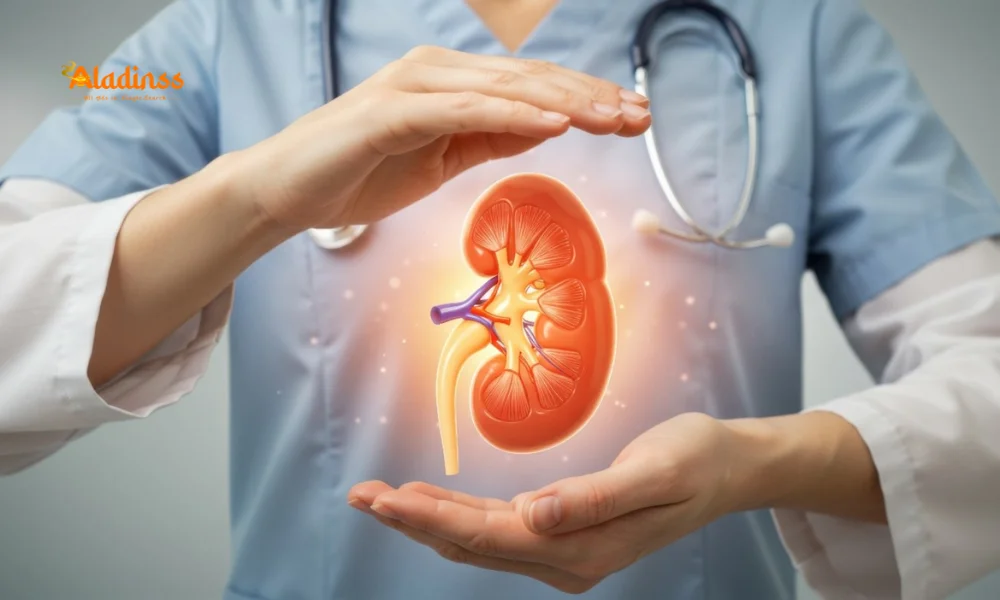First Signs of Heart Attack Beyond Pain

Beyond Chest Pain: The Subtle First Signs of a Heart Attack
Heart attack symptoms often catch people off guard, as they rarely begin with the dramatic chest pain we see in movies. Instead, early warning signs of a heart attack can be surprisingly mild, like ongoing exhaustion that lingers even after a good night's sleep. Cardiologists stress that recognizing these subtle cues could save lives by prompting timely intervention. Persistent fatigue, for instance, signals that your heart may be struggling to deliver oxygen-rich blood efficiently, leaving you drained despite restful habits. Ignoring such heart attack warning signs risks silent damage, where the crisis unfolds unnoticed until it's too late.

Unmasking Persistent Fatigue as a Key Heart Attack Symptom
Chronic tiredness stands out as one of the most overlooked early signs of heart problems. As explained by experienced cardiologists, this isn't the fleeting weariness from a busy day but a deep-seated exhaustion rooted in cardiovascular strain. When the heart's pumping efficiency dips, oxygen delivery to muscles and organs falters, sapping energy reserves. Lifestyle tweaks like better sleep or reduced stress might not resolve it if an underlying heart condition is at play.
Many attribute this fatigue to everyday culprits-work pressure, aging, or inadequate rest-delaying crucial medical evaluation. Yet, in cases of reduced blood flow, this symptom can precede more overt heart attack symptoms by days or weeks. Early detection through routine check-ups, including blood work and electrocardiograms, can uncover blockages or weaknesses before they escalate. Addressing it promptly often involves simple adjustments, like incorporating heart-healthy foods rich in omega-3s or starting gentle daily walks, to bolster cardiac function.
The Hidden Danger of Silent Heart Attacks
A silent heart attack slips under the radar, mimicking everyday discomforts rather than announcing itself with agony. These events involve the same arterial blockage and muscle damage as classic attacks but without the telltale chest clutch. Instead, vague sensations like mild jaw discomfort or unexplained fatigue take center stage, often dismissed until diagnostic tests reveal the truth. Cardiologists note that up to one in three heart attacks fall into this category, particularly among women and diabetics, heightening the stakes for awareness.
The stealthy nature stems from partial blockages that don't fully starve the heart of blood, yet still cause insidious harm. Over time, this can weaken the organ, paving the way for future crises. Routine screenings become vital for those with risk factors like high cholesterol or family history, as they can spot irregularities early. Prevention hinges on vigilance: monitoring blood pressure, maintaining a balanced diet, and engaging in moderate exercise to keep arteries clear and the heart resilient.
Recognizing a Range of Heart Attack Warning Signs
Beyond fatigue, heart attack symptoms manifest in diverse, sometimes confusing ways. Shortness of breath during light tasks, like climbing stairs, signals potential oxygen deficits. Indigestion or abdominal unease might masquerade as a bad meal, while profuse sweating without exertion hints at the body's stress response to cardiac duress. These signs can cluster or appear solo, urging anyone over 40 or with risk factors to consult a specialist at the first hint of persistence.
Upper body discomfort adds another layer-tingling in the arms, neck ache, or shoulder pressure that radiates subtly. For women, symptoms often skew milder, including nausea or back pain, complicating self-diagnosis. Tracking these in a journal and sharing with a healthcare provider can illuminate patterns, leading to targeted tests like stress echocardiograms. Awareness empowers action, turning potential emergencies into manageable health notes.
Why Catching Heart Issues Early Can Change Everything
The stakes of early detection in heart disease cannot be overstated-it's the divide between full recovery and lasting complications. Simple diagnostics like ECGs trace electrical heart rhythms, flagging arrhythmias or ischemia before symptoms intensify. Blood panels reveal inflammation markers or lipid imbalances, guiding interventions from statins to dietary overhauls. For those with subtle early signs of a heart attack, this proactive stance often averts hospitalization altogether.
Lifestyle plays a starring role in this narrative. Quitting smoking slashes risks dramatically, while Mediterranean-style eating-think leafy greens, nuts, and fish-fortifies vessels. Stress management through yoga or mindfulness curbs cortisol spikes that strain the heart. Even 30 minutes of brisk walking daily enhances circulation, proving that small, consistent steps yield profound protection against cardiovascular threats.
Lifestyle Strategies to Safeguard Your Heart Health
Empowering yourself with heart-healthy habits transforms vulnerability into vitality. Start with dietary shifts: prioritize fiber-rich fruits and veggies to lower cholesterol, and limit processed sugars that inflame arteries. Hydration supports blood volume, easing the heart's workload, while omega-3 supplements from fish oil mimic nature's anti-inflammatory agents.
- Engage in aerobic activities like swimming or cycling to build endurance and clear plaque buildup.
- Monitor weight, as excess pounds burden the heart; aim for gradual loss through balanced calories.
- Incorporate relaxation techniques, such as deep breathing, to mitigate anxiety's toll on cardiac rhythm.
- Schedule annual check-ups, including lipid profiles, to track progress and adjust plans accordingly.
- Build a support network-sharing concerns with loved ones fosters accountability and emotional resilience.
These practices not only dodge heart attack warning signs but cultivate a robust foundation for longevity. Tailoring them to personal needs, under cardiologist guidance, maximizes efficacy and sustainability.
Demystifying Risk Factors for Heart Disease
Certain profiles heighten susceptibility to those sneaky early signs of a heart attack. Family history loads the genetic dice, while sedentary jobs erode fitness levels. Hypertension silently erodes vessel walls, and diabetes accelerates plaque formation. Men post-45 and women after menopause face elevated odds, underscoring age's role.
Socioeconomic factors interplay too-limited access to fresh foods or safe exercise spaces compounds risks. Awareness campaigns aim to bridge these gaps, promoting community walks or subsidized screenings. By identifying personal vulnerabilities, individuals can prioritize preventive measures, like potassium-packed bananas for blood pressure control or quitting tobacco to restore endothelial health.
The Science Behind Subtle Cardiac Signals
At its core, a heart attack stems from coronary arteries clogged by atherosclerosis-fatty deposits narrowing pathways. This restricts myocardial perfusion, triggering ischemia that manifests as fatigue before frank infarction. Neurohormonal responses, like elevated adrenaline, exacerbate symptoms, mimicking stress rather than signaling crisis.
Advanced imaging, such as cardiac MRIs, unveils these micro-injuries, validating the need for nuanced symptom education. Research underscores gender disparities: estrogen's protective veil wanes post-menopause, altering presentation. Armed with this knowledge, patients advocate for comprehensive evaluations, blending clinical insight with empirical data for optimal outcomes.
Building a Heart-Smart Routine for Longevity
Crafting a daily regimen attuned to cardiac wellness demystifies prevention. Dawn with hydration and a fiber-forward breakfast kickstarts metabolism without spiking sugars. Midday pauses for stretching counteract desk-bound stagnation, while evening wind-downs with herbal teas soothe nerves.
Tech aids abound-wearables track heart rate variability, alerting to irregularities. Community classes in tai chi or nutrition workshops foster adherence, turning solitary efforts into shared journeys. Ultimately, this holistic ethos not only sidesteps heart attack symptoms but elevates quality of life, proving vigilance is the ultimate cardiac ally.
Comment / Reply From
No comments yet. Be the first to comment!






